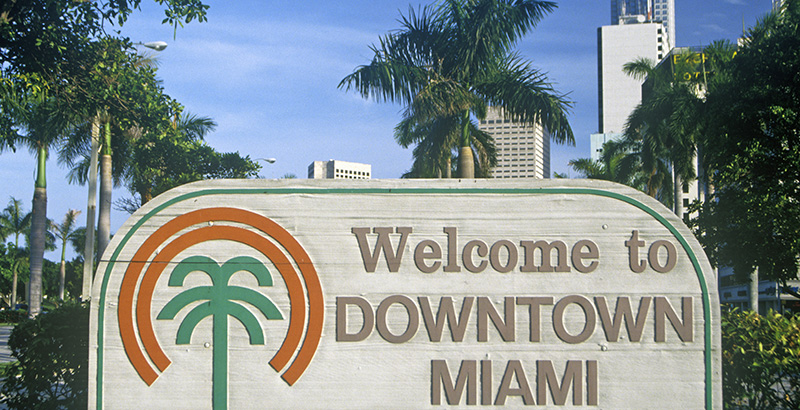Izquierdo: Not Your Parents’ Public School — It’s Time for Districts to Embrace Innovation. Here’s How Miami-Dade Is Doing Just That

For every student to have the opportunity to succeed in today’s complex social and work environments, we can no longer rely on what schools looked like two decades ago — or even what many look like today. We must build innovative 21st century schools that foster creativity, critical thinking, communication and collaboration, that give students access to career training, internships, college-level courses, foreign language programs and real-world experiences before they graduate.
In Miami-Dade County Public Schools, the fourth-largest district in the U.S., with 345,000 students, innovative schools are increasingly the rule, not the exception.
We took stock of our programmatic offerings and added choices using a supply-and-demand approach — what students’ interests were, what programs most resonated with parents and what the business community was reporting as future workforce needs. These choices now include schools with dual enrollment courses where students earn college credits while still in high school, innovative STEM-themed programs, high-caliber visual and performing arts programs, and programs where students can learn a second language and/or participate in an internship.
For example, at BioTECH High School in Miami’s Richmond Heights neighborhood, students immerse themselves in zoology, botany, ecology, chemistry and marine science classes and participate in scientific research projects at Zoo Miami, Everglades National Park and Fairchild Tropical Botanic Garden. They graduate with credit from Miami Dade College and Florida International University, and they have the chance to publish their research in scientific journals and present projects at scientific conferences.
Our Cambridge program is offered in 71 schools, including 13 high schools where students earn college credit. Upon graduation, students who receive the internationally recognized Cambridge diploma are eligible for the highest Florida Bright Future scholarship to attend any state college or university. At the elementary and middle school levels, we offer programs in STEM education, dual language instruction and career and technical education that eventually lead to industry certification.
Today, about 70 percent of students in Miami attend the school or program of their choice, and this fall we will roll out more than 80 new programs, an investment of roughly $12 million (funded mostly through grants and donations), focusing on coding for elementary students, access to additional career and technical offerings aligned to high-demand industries, and expansion and enhancement of arts and humanities instruction.
While much of the conversation about education reform revolves around the district-versus-charter debate, school choice is not unique to charter schools. Districts, too, can engage in innovation and unconventional thinking, and Miami-Dade, a highly diverse community with many challenges, has been able to accomplish this.
Growing up in Miami’s Little Havana in the 1970s, my classmates and I did not have the options available to students today. My parents were working-class Cuban immigrants who struggled to provide me with a better life, though we lived in poverty. When they divorced, my neighborhood school became a refuge for me, my happy place. Today, as an educator, I strive to enable schools, leaders and teachers to create happy, relevant places for children to thrive. That starts with providing academic programming that calls to them, engages them and helps them reach their full potential.
Miami-Dade’s graduation rate is higher than it’s ever been, at 89 percent, outpacing the state average. We haven’t had an F-rated school in three years — compared with 26 failing schools two decades ago. For the second year in a row, the district earned an A from the state. Ninety-nine percent of Miami’s schools are rated A, B or C. Our students posted historic gains in every subject on state standardized tests last year, and since 2011, we have cut the achievement gap for African-American students and English learners in half.
In Miami-Dade, we have reimagined what traditional public schooling can look like; in so doing, we have created opportunities for students to live out their wildest dreams, thrive well beyond high school and ultimately be life- and career-ready. Other districts can — and must – do the same.
Marie Izquierdo is the chief academic officer at Miami-Dade County Public Schools and a Future Chief with Chiefs for Change.
Get stories like these delivered straight to your inbox. Sign up for The 74 Newsletter

;)